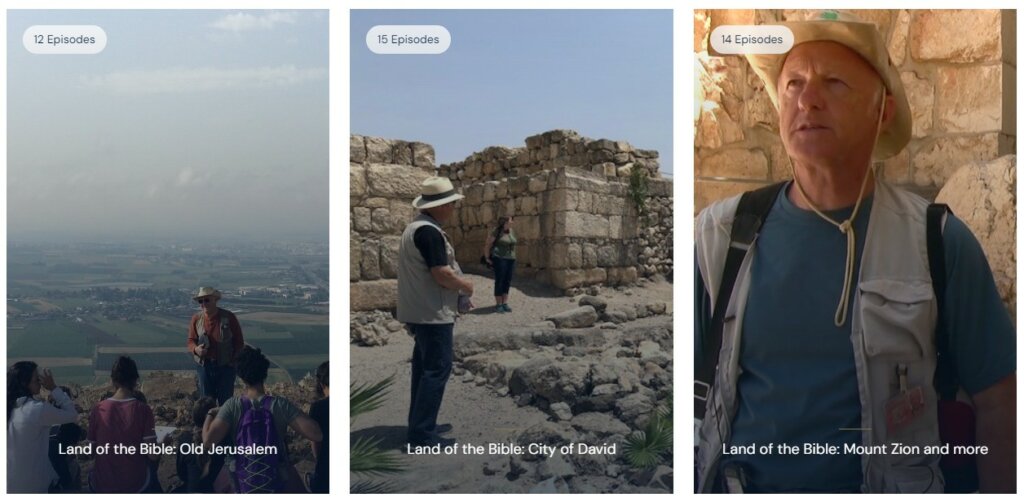“A rare coin from the time of the Bar Kochba revolt, bearing the name ‘Eleazer the Priest,’ has been discovered at the foot of a cliff in the Judean Desert by Israeli archaeologists.” The IAA is also welcoming the public to join them in the hunt for antiquities in the Judean wilderness.
The bust of a huge statue of Ramses II was discovered in the el-Ashmunein area in Minya Governorate in Egypt.
Archaeologists have uncovered a painting in the House of Leda at Pompeii that “depicts Phrixus and Helle, two twins from Greek mythology, as they travel across the sea on a magical ram while fleeing from their evil stepmother.”
The Latin Patriarchate of Jerusalem has inaugurated its Biblical Studies and Archaeology Center.
The NY Times has a story on the purple dye factory at Tel Shiqmona.
With the opening of the entrance pavilion to the Tower of David Museum, The Jerusalem Post has a story about the design and construction process.
Amy Erickson explores the question of why the story of Jonah was so frequently depicted in the catacombs of Rome.
The plant remains discovered in the Philistine temples at Gath are the subject of the latest episode of This Week in the Ancient Near East.
Nathan Steinmeyer explains why the Babylonian king Nabonidus may be considered the world’s first archaeologist.
Zoom lecture on Mar 12, 11:00 Eastern Daylight Time: “The cities of the Zagros and their scenes on the Assyrian wall reliefs,” by Dlshad Aziz Marf (Zoom link)
Dewayne Bryant is a guest on Digging for Truth to talk about the historicity of King David.
Now online: The full episode of National Geographic’s “Buried Secrets of the Bible with Albert Lin: Sodom & Gomorrah” (45 min)
The latest Jerusalem in Brief looks at “a tower named after a Philistine giant, some new books, and a dinner party in the middle of World War I.”
HT: Agade, Ted Weis, Gordon Dickson, Keith Keyser

